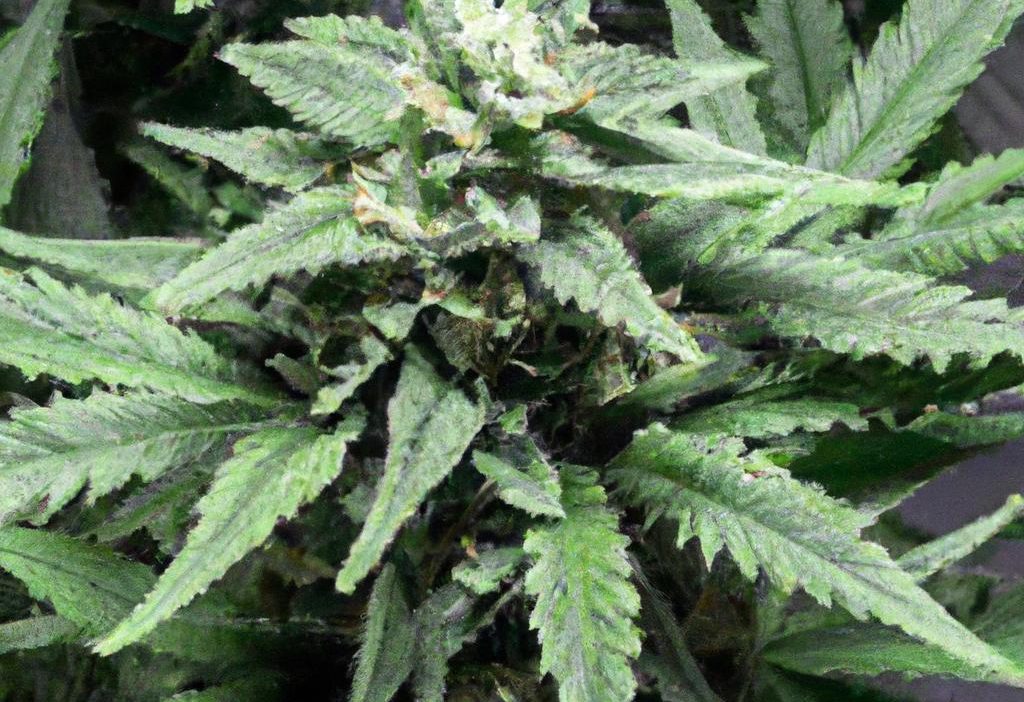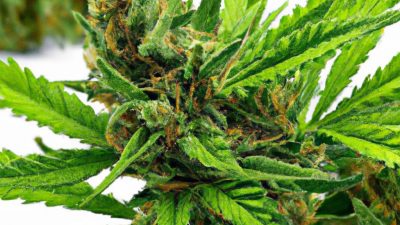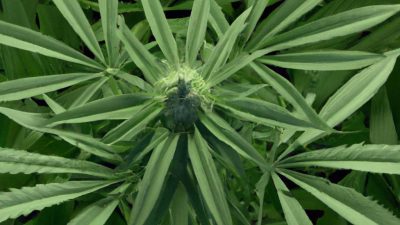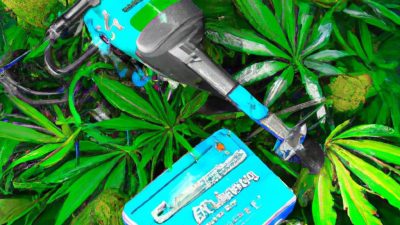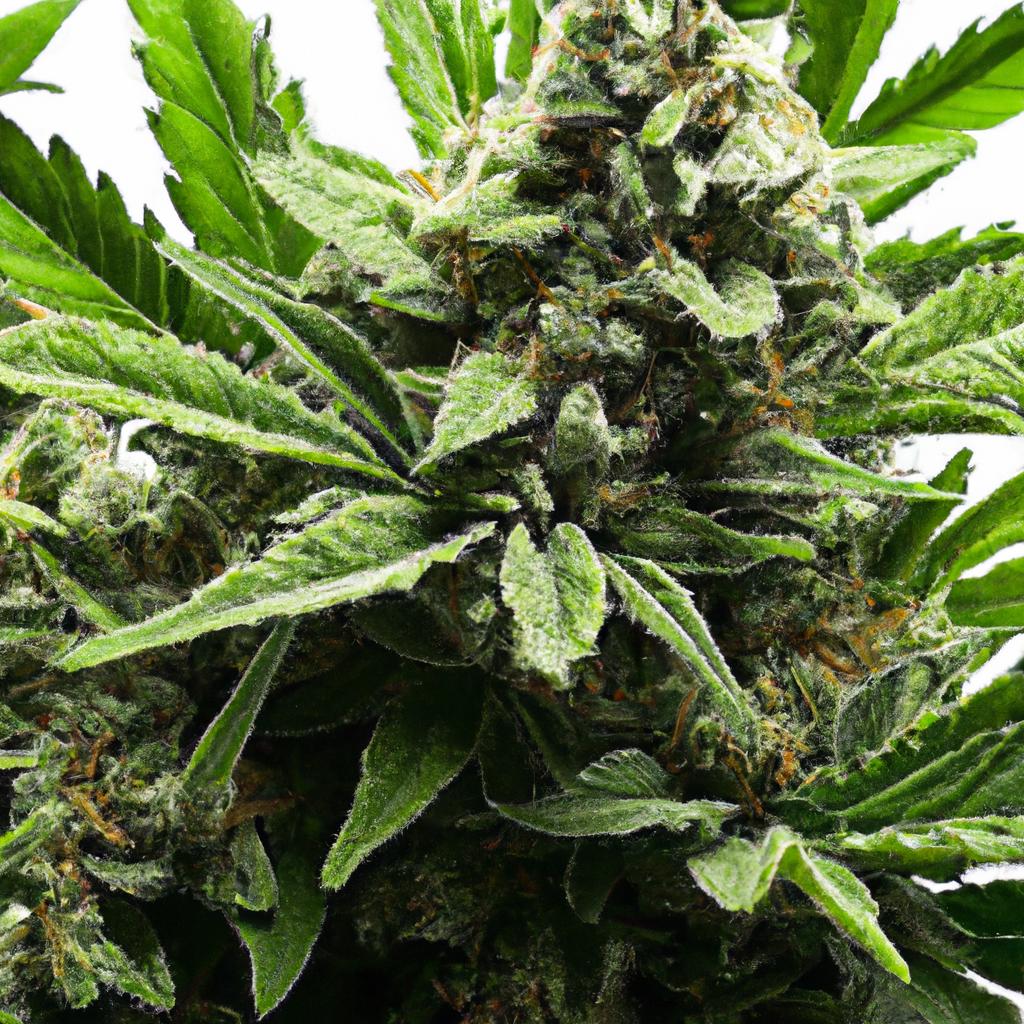
Common R134a Setup Errors in New Cannabis Labs: How to Avoid Costly Mistakes
The cannabis industry is advancing rapidly, with extraction and post-processing labs increasingly relying on precise refrigeration and climate control systems to ensure product quality and operational safety. One commonly used refrigerant in these cannabis processing facilities is R134a, favored for its efficiency and environmentally friendlier profile compared to older refrigerants. However, new cannabis labs often encounter several pitfalls during the R134a setup process that can affect extraction yields, lab safety, and equipment longevity.
In this article, we will explore common R134a setup errors in new cannabis labs, explain their impact on cannabis processing, and offer practical tips to optimize your cannabis lab’s HVAC and refrigeration systems. Weather you are designing a new cannabis extraction facility or upgrading your existing equipment, understanding these errors will enhance your lab performance and compliance.
The Importance of R134a Refrigeration in Cannabis Labs
R134a (1,1,1,2-Tetrafluoroethane) is a hydrofluorocarbon refrigerant widely used in cannabis laboratories for equipment such as chillers, climate-controlled extraction rooms, and refrigeration systems integral to CO2 and hydrocarbon extraction processes. Precise temperature control is essential in maintaining cannabinoid integrity, terpene profiles, and solvent recovery efficiency.
Since extraction processes often involve extreme temperature ranges, an optimized R134a setup ensures the following:
- Stable operating temperatures for cannabis biomass and solvents
- Consistent lab surroundings controlling humidity and preventing mold growth
- Improved energy efficiency lowering operational costs
- Safety compliance with industrial refrigeration standards
Top Common R134a Setup Errors in New Cannabis Labs
Despite its advantages, improper installation and handling lead to frequent mistakes when using R134a refrigeration systems in cannabis labs. Here are the moast common errors and their cannabis-specific consequences:
1. Incorrect Refrigerant Charging
Many new labs miscalculate the amount of R134a charged into the system.Undercharging leads to poor cooling performance, which can cause fluctuations in extraction temperatures, damaging delicate cannabinoid compounds. Overcharging, on the other hand, stresses compressors and increases energy consumption unnecessarily.
2. Poor Leak Detection and Management
R134a leaks reduce system efficiency and can cause environmental harm. Cannabis labs often overlook early leak detection installed by equipment manufacturers. Undetected leaks compromise temperature control, risking batch quality, and can increase regulatory scrutiny under EPA guidelines.
3. Improper Compressor and Condenser Matching
Selecting the wrong compressor or condenser size for R134a capacity results in uneven refrigeration cycles, causing unpredictable lab conditions. This disrupts cannabis solvent recovery equipment and post-processing stages such as winterization and distillation.
4. Neglecting System Superheat and Subcooling Settings
Superheat and subcooling must be accurately calibrated for R134a systems to ensure efficient heat transfer. Incorrect adjustments cause inefficiency, increase wear on components, and negatively affect stable extraction room temperatures.
5. Lack of Proper Insulation on Refrigerant Lines
Failing to insulate refrigerant lines often leads to condensation and frost buildup, affecting the overall lab environment and increasing energy usage. This problem is especially acute in cannabis cold rooms and solvent storage units where humidity control is critical.
Impact of R134a Setup Errors on Cannabis Processing
Cannabis extraction and processing are sensitive to temperature variations. Below is a brief overview of how R134a errors disrupt various cannabis post-processing stages:
| Cannabis processing Stage | Effect of R134a Setup Errors |
|---|---|
| CO2 and Hydrocarbon Extraction | Temperature instability leads to incomplete extraction or solvent retention, reducing yield and safety. |
| Winterization and Filtration | Poor cooling causes wax precipitation inconsistencies, affecting product clarity and potency. |
| Distillation | Variable temperatures impact cannabinoid and terpene separation efficiency. |
| Storage and Aging | Humidity and temperature fluctuations lead to mold growth, degrading biomass and extracts. |
Practical Tips for Optimizing R134a Setups in Cannabis Labs
To avoid the pitfalls common with R134a refrigeration in cannabis labs, consider implementing these best practices:
- Work with experienced HVAC professionals who understand both cannabis industry requirements and R134a system specifics.
- Use accurate charging scales to ensure optimal refrigerant volume during setup and maintenance.
- Implement routine leak detection protocols using electronic leak detectors or UV dye methods.
- Calibrate superheat and subcooling according to manufacturer guidelines for your specific system and environmental loads.
- Insulate refrigeration lines properly to prevent condensation and frost, especially in humid climates.
- Validate temperature stability using data loggers during extraction runs for continuous improvement.
Case Study: Successful R134a Setup in a New Cannabis Extraction Facility
A cannabis extraction lab in Oregon encountered frequent batch inconsistencies linked to poor temperature control during winterization.By consulting with HVAC engineers, they identified an undercharged R134a system and insufficient line insulation as root causes. After correcting refrigerant amounts, enhancing insulation, and performing weekly leak tests, they reported:
- 20% improvement in extraction yields
- 30% reduction in energy costs related to refrigeration
- Greater product consistency and potency retention
- A safer, environmentally compliant workspace
This real-world example illustrates how mastering R134a setups is critical for cannabis post-processing success.
Conclusion: Why Getting Your R134a Setup Right Matters in Cannabis Labs
Refrigeration systems using R134a refrigerant are integral to many cannabis processing operations-from extraction and winterization to storage-making precise and error-free setup essential. New cannabis labs must invest time and resources to avoid common errors such as incorrect charging, poor leak management, and system mismatches. Doing so not only ensures compliance with environmental standards but also enhances product quality and operational efficiency.
By following the practical tips outlined and collaborating with industry professionals, cannabis entrepreneurs can build reliable, profitable extraction and processing labs that respect the delicate balance of science, technology, and nature. Remember: successful cannabis technology depends on more than just the plant-it starts with the systems supporting it.


